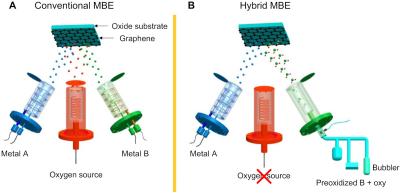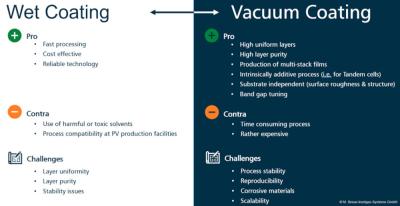Researchers turn algae into perovskite materials with unique structures
Scientists from Dresden University of Technology (TU Dresden), AMOLF, Helmholtz-Zentrum Dresden Rossendorf and Johannes Gutenberg University Mainz have transformed single-cell algae into functional perovskite materials. The team, led by scientists at the B CUBE—Center for Molecular Bioengineering at TU Dresden, converted mineral shells of algae into lead halide perovskites with tunable physical properties. The new perovskites have unique nano-architectures that are said to be unachievable by conventional synthetic production.
The method can be applied to the mass production of perovskites with tunable structural and electro-optical properties from single-celled organisms.










